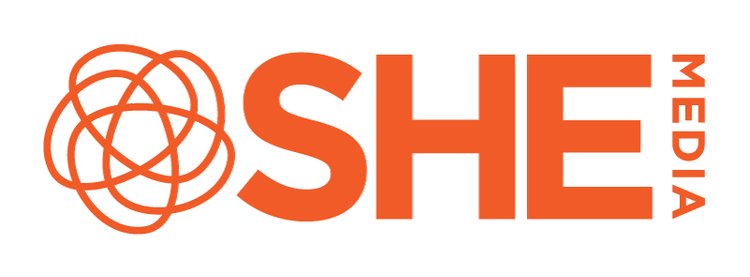Increase Your Page RPM with these Best Practices
Page RPM is a metric measuring estimated publisher earnings and ad impressions for every thousand page views. You can find your RPMs on the SHE Media dashboard. The Higher your RPM the higher you’ll earn. However, there are several factors that contribute to the growth of your RPM.
Create Longform and High-quality content
By now, you should already know this but it’s worth reminding you that the fastest and surest way to get and secure higher RPMs is by creating and maintaining high-quality content. Put simply, the higher your content quality, the better your RPMs. add value. Quality content should be well researched, offering a unique perceptive to the topic and providing comprehensive information to readers. Longform content also contributes to quality as it shows the author has covered different angles of the topic.
Shorter Paragraphs and More Subheadings
While you’re writing longer content and increasing your word count, keep the paragraphs short. Short paragraphs grab users' attention more as they are not intimidated by a large block of text. Also, break your content up with sub-headings and make sure to make them H2 and H3 (Heading tags appear in a range from H1-H6, H1 being the most important topic/Blog title). Using subheadings is also an SEO best practice as you can insert your secondary keywords into subheadings and that hierarchical structure signals the relevance of your content to Google Crawlers
Page Layout and UX quality
The quality of user experience on your site affects RPM. If the UX is difficult to navigate, filled with pop-ups, etc. users will leave the site leading to higher bounce rates. You should also grab users' attention with CTAs and internal linking to keep them on your site longer. Proper internal linking will keep users browsing, and visiting several pages and articles on your site.
Increase Font Size
Increasing your font size and line height (i.e. the size of the space between lines) is one easy way to improve user experience and secure higher RPMS. When a font is large, it is easier for users to read and browse your site - particularly on mobile. We recommend you Increase your site font size to at least 14-16 pt.
Image Quality
Higher-quality images make for a better user experience and contribute to overall site quality. Images keep a user engaged as the visual stimuli make for a more enriching experience on your site. If your content is 800+ words add at least two images (header images + in-content image). Visit these two websites to get free high-quality images. Also keep users engaged by adding image galleries, videos, etc.
Internal Linking
Proper internal linking will not only boost your RPMs, it’ll also boost your organic SEO rankings. Every article should have at least 2-3 internal links with keyworded anchor texts. Include linked recommended articles at the bottom or articles and in between paragraphs so that users can easily find the next content to read on your site and thus stay on your site longer.
Fix Technical Issues and Site Speed
Slow site speed leads to higher bounce rates lead to lower RPMs. If your site speed is slow, users will leave the page before your content loads and before ads are served. To increase your site speed, optimize your images, fix broken links, and optimize your core web vitals. Google Page Speed Insights is a useful tool to identify technical issues in your site so you can start to fix them.
Update your Ads.txt
Ads.txt is an important protocol that lists all the authorized providers to run their ad inventory on a site. Ads.txt prevents harmful behavior on websites, so your ads.txt file should always be up to date. To Check if your ads.txt is up to date, on your browser, input yourdomain/ads.txt (no www) and if it's up to date, the SHE Media logo graphic will pop up. If you don’t see this graphic below, contact support@shemedia.com.
Follow SHE Media ad layout recommendations and best practices.
SHE Media ad layout best practices meet and even surpass industry standards as we have honed and perfected them over the years. We are always up to date on trending ad sizes, new products, and more. For optimal ad layout to increase your RPMs, Follow these best practices.
Be open to changing your ad sizes.
As we mentioned above ad sizes can change in popularity for advertisers. Not that long ago, 160x600 ads were popular for sidebars, but inventory began to dwindle - so we've pivoted to using 300x600 ad sizes. Just by making a small change by switching to trending and high-performing ad sizes, you’ll see an increase in revenue. Ask our team if there are any swaps to make.
When in doubt, use a Flex Ad
We have quite a few ad types that are flex ads. Flex ad units contain many ad sizes that can fill that one slot, giving you endless possibilities no matter what inventory is available. Our flex in-content ad types are filled with sizes optimized for desktop and mobile. Our flex banner contains larger banners that are often used in the direct-sold campaigns we offer.
Optimize ad placement and use different ad types
Don't hesitate to try different ad types on your websites. We recommend placing a minimum of 5 ads per page. You can place Video, display, recipe card ads, flex ads, and native ads etc. They all work together to provide you with increased RPMs and the best income possible.
